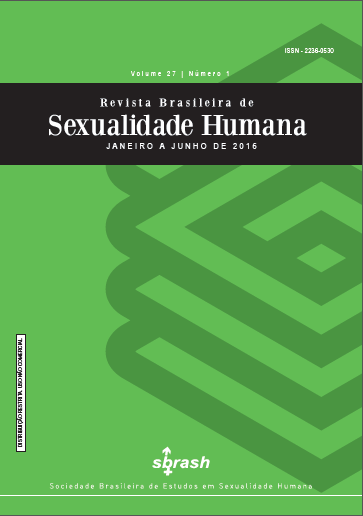EDUCAÇÃO EM SEXUALIDADE
“ VERDADE OU CONSEQUÊNCIA?”
DOI:
https://doi.org/10.35919/rbsh.v27i1.119Palavras-chave:
educação em sexualidade, juventudes; HIV/AIDS, gravidez adolescente, ensino médioResumo
Os esforços do setor de educação para diminuir os comportamentos sexuais de risco de adolescentes e jovens ainda são insuficientes e esbarram em preconceitos relacionados à educação em sexualidade. A população de 10 a 24 anos de idade está vulnerável estrutural e socialmente à gravidez, orientação sexual e de gênero, violência sexual, discriminação racial e étnica, violência velada e simbólica dentro e fora da escola. Neste sentido, realizou-se uma pesquisa para analisar as percepções dos estudantes e professores de um centro educacional de ensino médio do Distrito Federal ante as estratégias de educação em sexualidade. Optou-se por um estudo de caso, triangulando as técnicas da observação, análise documental, entrevista estruturada e grupo focal. O Centro Educacional objeto deste estudo desenvolve ações sobre essas temáticas há mais de uma década. Apesar do projeto se mostrar exitoso na percepção adolescente e juvenil, ainda caminha com dificuldades, seja pela ausência no projeto educativo, seja pela perspectiva do encerramento quando a professora líder deixar a escola. Os principais resultados foram: não houve aumento das práticas sexuais em virtude da inclusão dos temas de educação em sexualidade na escola, ao contrário dos temores de parte dos adultos; a maioria dos alunos considera importante o acesso ao preservativo na escola; o episódios de gravidez se reduziram significativamente; ampliou-se o diálogo entre pais e filhos sobre sexualidade; estabeleceu-se maior relação da escola com o serviço de saúde e reduziu-se na escola a discriminação contra os temas de sexualidade.



